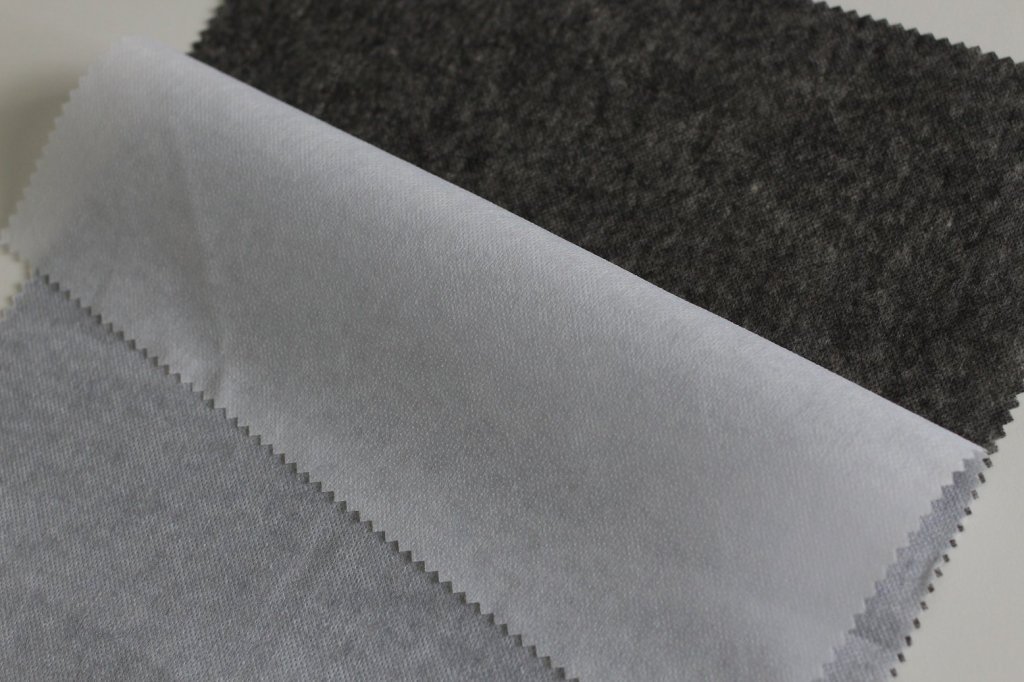Non-woven interlining is a fabric used in the garment industry to provide structure, stability, and support to clothing. It is made from fibers bonded through a mechanical, chemical, or thermal process rather than woven like traditional fabrics. Non-woven interlining is versatile and can be used in various garments, including shirts, dresses, suits, and jackets. This article will explore the properties, benefits, and uses of non-woven interlining.
Properties of Non-Woven Interlining Non-woven interlining is a lightweight fabric with many desirable properties. One of the most important properties is its ability to structure and support garments. This is achieved through bonding, creating a dense fabric resistant to stretching and distortion. Non-woven interlining is also very breathable, making it comfortable to wear for extended periods. Additionally, it is durable and can withstand a great deal of wear and tear.
Benefits of Non-Woven Interlining: Using non-woven interlining in garments has several benefits. One of the main benefits is that it can add structure and support to garments without adding bulk. This is especially important in garments like suits and jackets, where a tailored fit is desired. Non-woven interlining can also reinforce areas of the garment that are prone to wear and tear, such as pockets and cuffs. This can help to extend the life of the garment.
Another benefit of non woven interlining is that it can be used to improve the drape of the garment. The bonding process creates a stable fabric that does not stretch, which helps maintain the garment’s shape. This is especially important in garments like dresses and skirts, where a smooth, flowing drape is desired. Non-woven interlining can also add warmth to garments without adding bulk, making it a popular choice for winter clothing.
Uses of Non-Woven Interlining Non-woven interlining is used in various garments. It is commonly used in shirts, where it is used to reinforce the collar, cuffs, and button placket. It is also used in suits and jackets, where it is used to add structure and support to the shoulders, lapels, and chest. In dresses and skirts, non-woven interlining is used to improve the fabric’s drape and add stability to the waistband.
Non-woven interlining is also used in a variety of accessories. It is commonly used in bags and totes, where it is used to add structure and support to the sides and bottom of the bag. It is also used in hats, where it is used to add stability and structure to the brim.


Leave a Reply